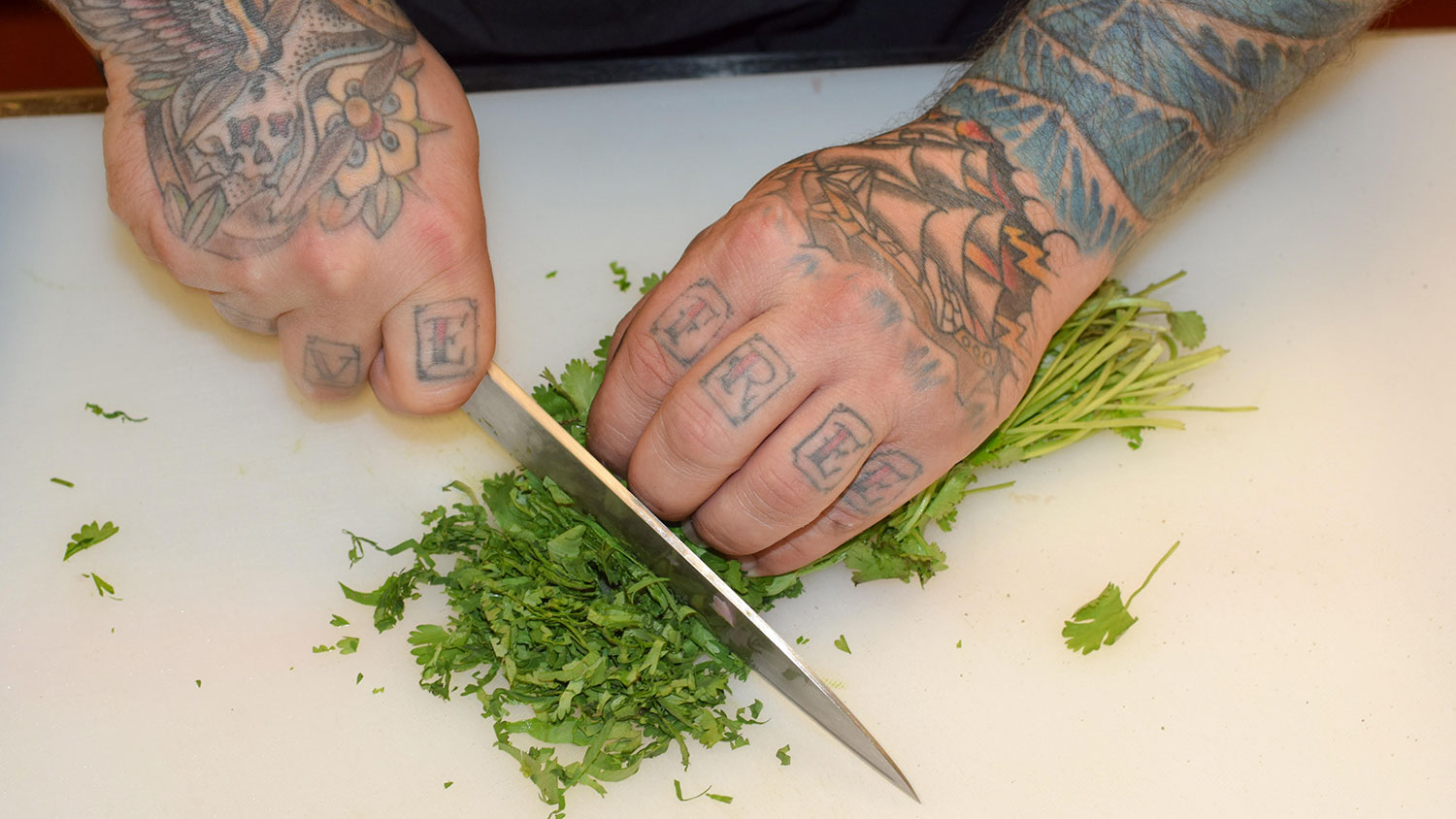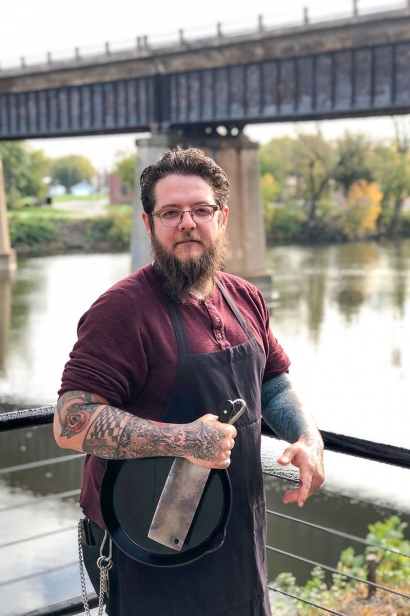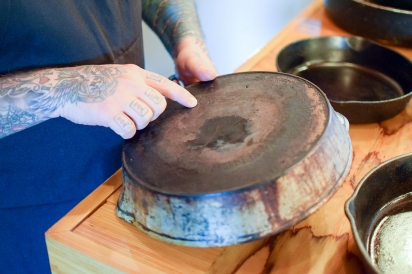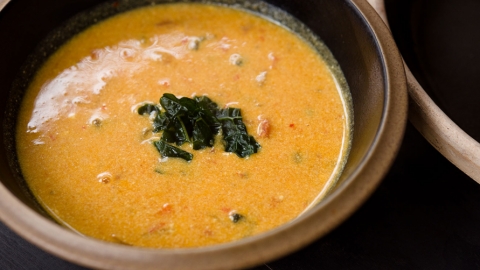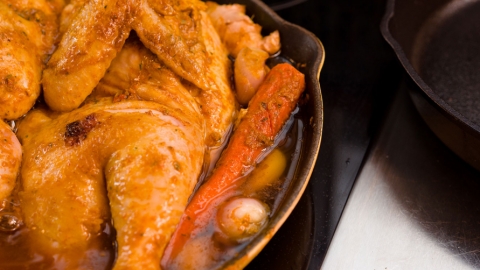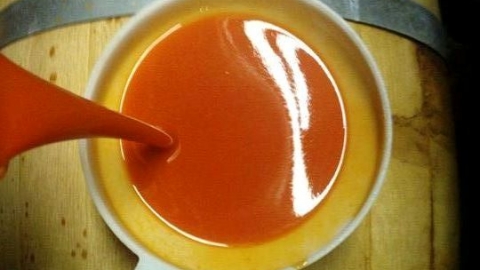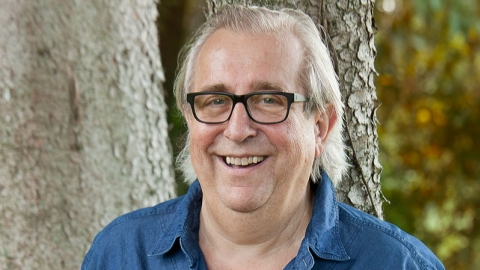Chef Alain Helfrich shares cooking tips and techniques
Passion for cooking follows Alain Helfrich home from work.
Like other chefs, it’s not something he turns off and on. The executive chef at Crooked Ewe Brewery & Ale House in South Bend, IN, doesn’t just want folks to enjoy his great food, he wants them to make their own.
Helfrich started washing dishes in a restaurant at 15, was running a café kitchen by 17 and worked in a number of restaurants, including Fiddler’s Hearth, the Summit Club and the Mark before helping open Crooked Ewe. His food is delicious, whether it’s smoked brisket or vegan smoked seitan.
Helfrich showed up to our interview about home cooking with a two-page list of must-haves, wants and advice. “I totally understand wanting your kitchen to look pristine,” he said, “but if you can’t pump food out, then it’s a gallery. You just made an art gallery where nothing happens.”
He wanted a home kitchen that functions, so he avoided carpet and put a faucet with hot and cold taps over his stove to fill pots or cool down boils. “It was cheap. I did it myself,” he said. “I equate it to a hot tub, a fireplace or a steam shower: I don’t need it but it’s really nice once you have it.”
Here are some other suggestions from his list:
Cook with gas
I’ve had the opportunity to play with electric. I’ve had the opportunity to play with induction. Induction’s really cool, but not controllable in the way that I want. From the beginning of cooking we’ve relied on our vision. The fire is high, low, medium-high, medium-low. We can all see those things. Medium on an electric stove, what does that even look like, right? I have a KitchenAid five-burner. It is enough for me, but the more space you have, the better.
Use good cookware
Cast iron. Cast iron. Cast iron. Invest in antique skillets and Dutch ovens, rather than a new Lodge from the hardware store. It takes a little bit of study to understand how the old numbers on the bottom work to describe what the piece is, but if it’s been cared for properly, you have 60 years of seasoning on a pan that will last you three generations. It’s an obsession. I have too many. More than 30.
Learn food chemistry
Understanding the basics of food chemistry will make you better than any cookbook you can buy will. And my number one suggestion, probably because it’s the easiest, is to watch Cooked on Netflix. Four-part series. Phenomenal. You have to understand the fundamentals of fire and what you’re looking for.
Yes, go online for recipes
I’m all for paper cookbooks. I have tons. It’s intense. But the Internet is this absolute wealth of information. Do a little bit of research. Pick websites that work well for you. Maybe it’s Bon Appétit or Serious Eats, but try to look at 10 different recipes and see what correlates between all of them.
Buy tools and get familiar
Using specialty tools and finding recipes that utilize them will set you above other home cooks. If you buy a citrus zester because it’s $2 and it’s something you don’t have, find recipes to utilize that zester. Everyone wants to cook food like chefs do, but none of them have the tools we do. Buy a cheap $20 mandoline. And make sure you have good mixing bowls and whisks. With a higher budget, buy a food processor, Vitamix, immersion blender, sous vide machine.
Pick your spice blend
Pick a universal spice blend. Not only does this make seasoning easier and more automatic, it also gives your dishes a custom touch, especially if you’re entertaining. I always have a salt blend that I use in everything. I use Miracle Spice from Alden Millhouse based in Alden, MI. It’s something I build on. My base is this for steak, chicken, seafood, everything.
Buy good spices in small amounts
Find good spices. It’s not hard. The stuff in the grocery store is not good. You can do a Google search for places handling spices the right way. It’s important. One of the bigger mistakes I find in home kitchens is people buying too much spice. Six months later that spice isn’t what it used to be. Spices lose their flavor. Also, use a spice grinder. Buy whole spices and grind them yourself.
Make stock
Composting is great, but there’s still a decent amount of flavor in the food you’re putting in the compost. Every onion I cut, every vegetable I trim, I put what’s left in the bag and put it in the freezer. When I have enough, I take it out and make vegetable stock out of it. It’s so much better than what’s in the store. It’s always going to taste better than store-bought. Always. It’s essentially free money. Then you can compost what’s left.
Must-Haves for Alain Helfrich’s Home Kitchen
- Sink sprayer and one deep-bay sink. “It makes cleanup easier, which is the worst part of cooking.”
- Pot rack. “It leaves cabinet space for what cabinet space is supposed to be for rather than shoved full of pots and pans. Aesthetically it’s also one of the cheapest and sexiest things you can do.”
- Good lighting. “That’s missed a lot in kitchens. We have warm LEDs. You need to see what you’re doing."
- Big cutting boards. “Go big or go home.”
- Proper knives. “A Wüsthof paring knife is a good start, but it depends on the user’s knife skills. Normally I don’t spend less than $100 to $200 on a knife. It must be sharp, thick-bladed and have a full tang. That’s it.”
- Eight-inch tongs.
- Serious, heavy-bottomed stockpot with steamer insert.
- As many electrical outlets as possible.
- A timer, even if it’s a voice-activated smartphone.
- Portable cast-iron griddle/grill.
- Giant sauté pan.
- Thermometers, including ones for oil, candy, the oven and an instant-read digital one.


